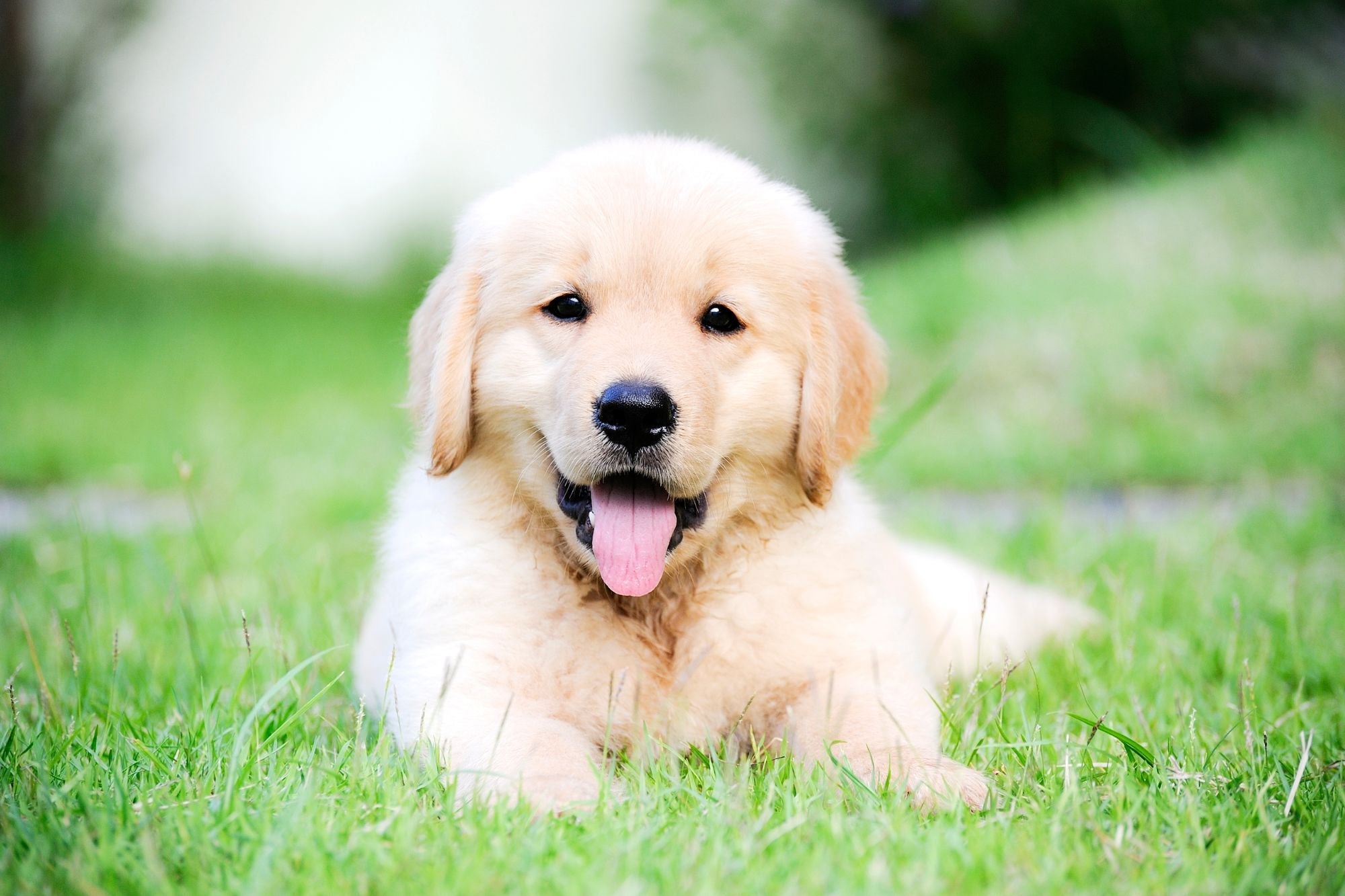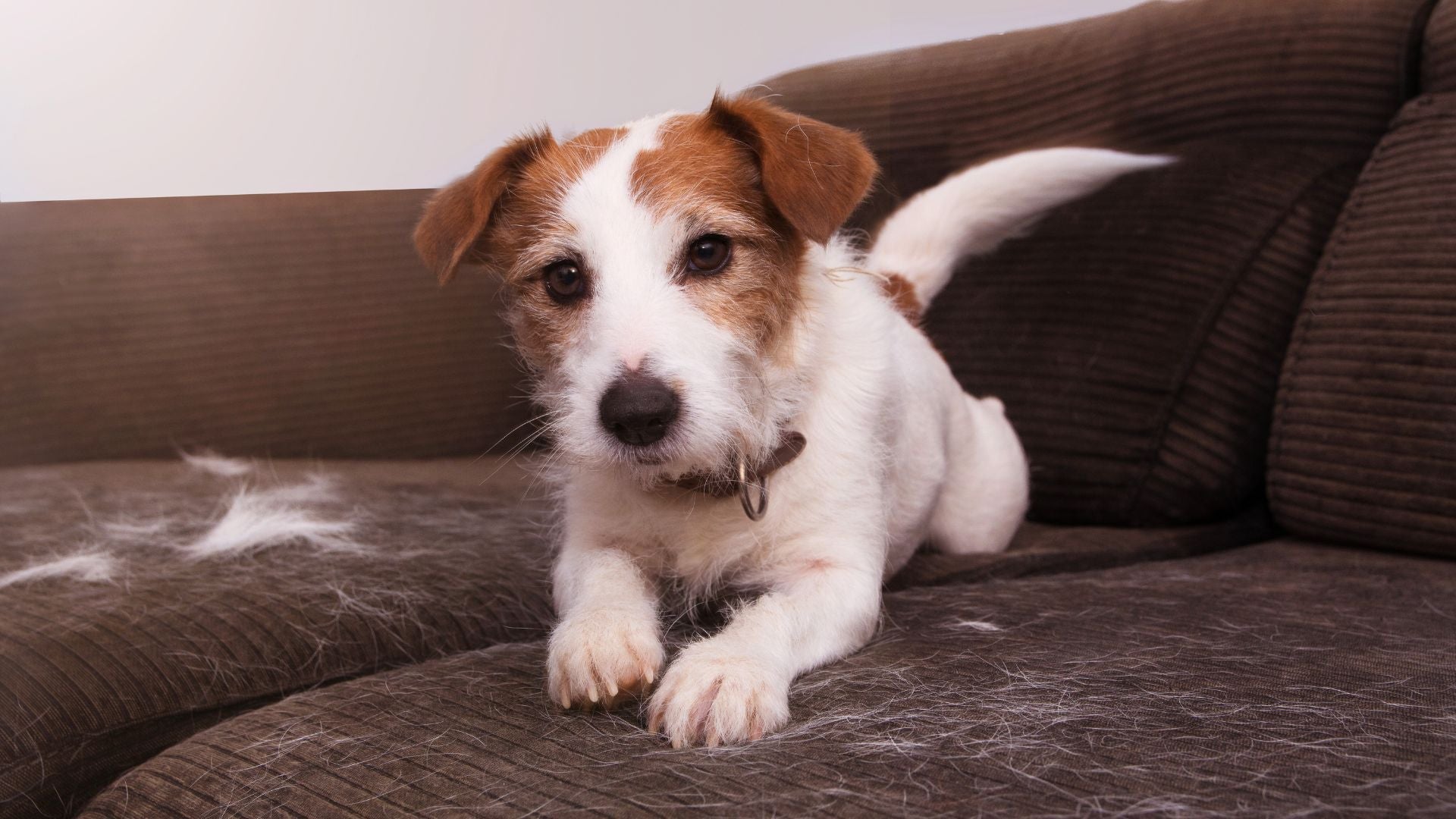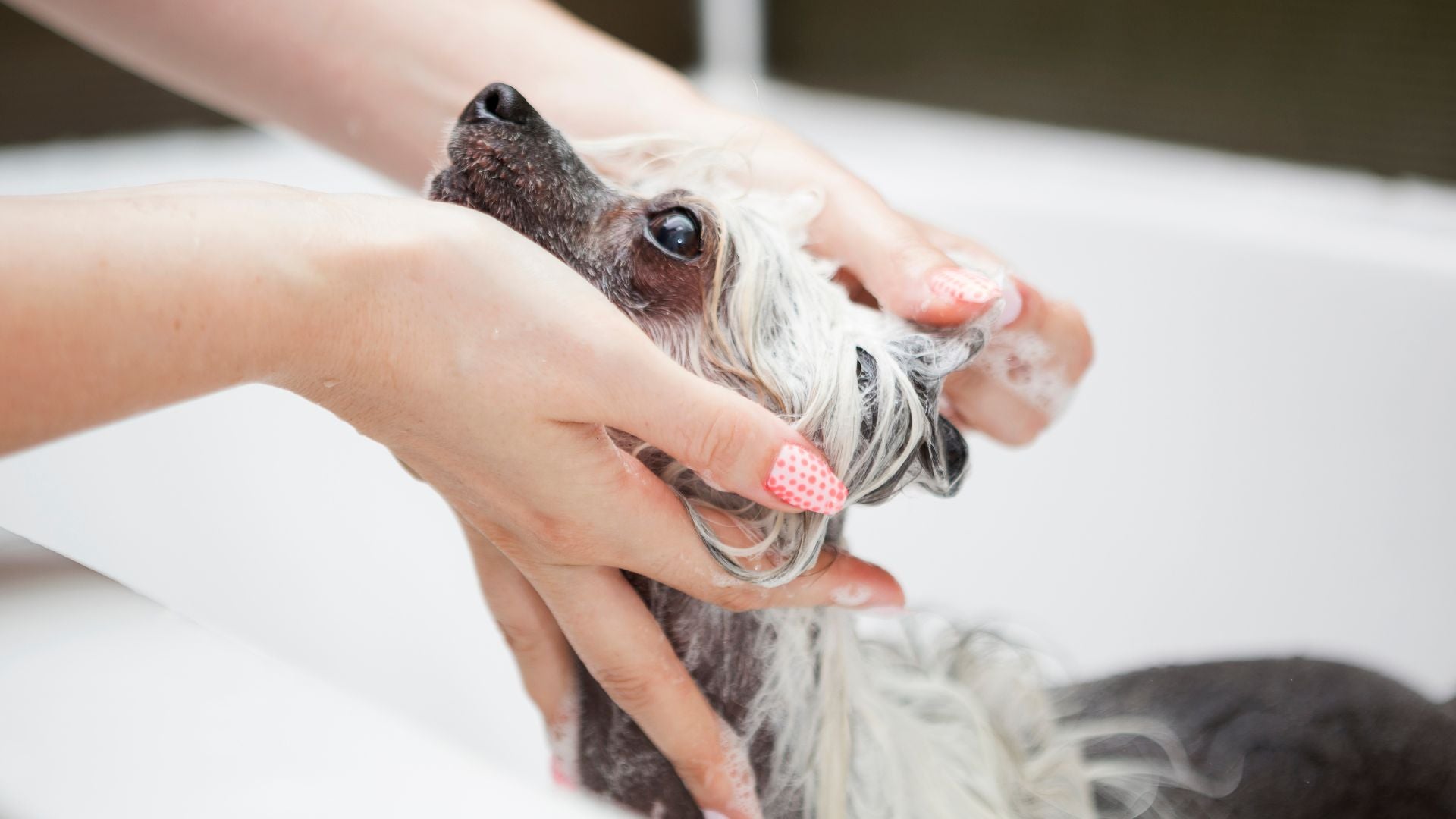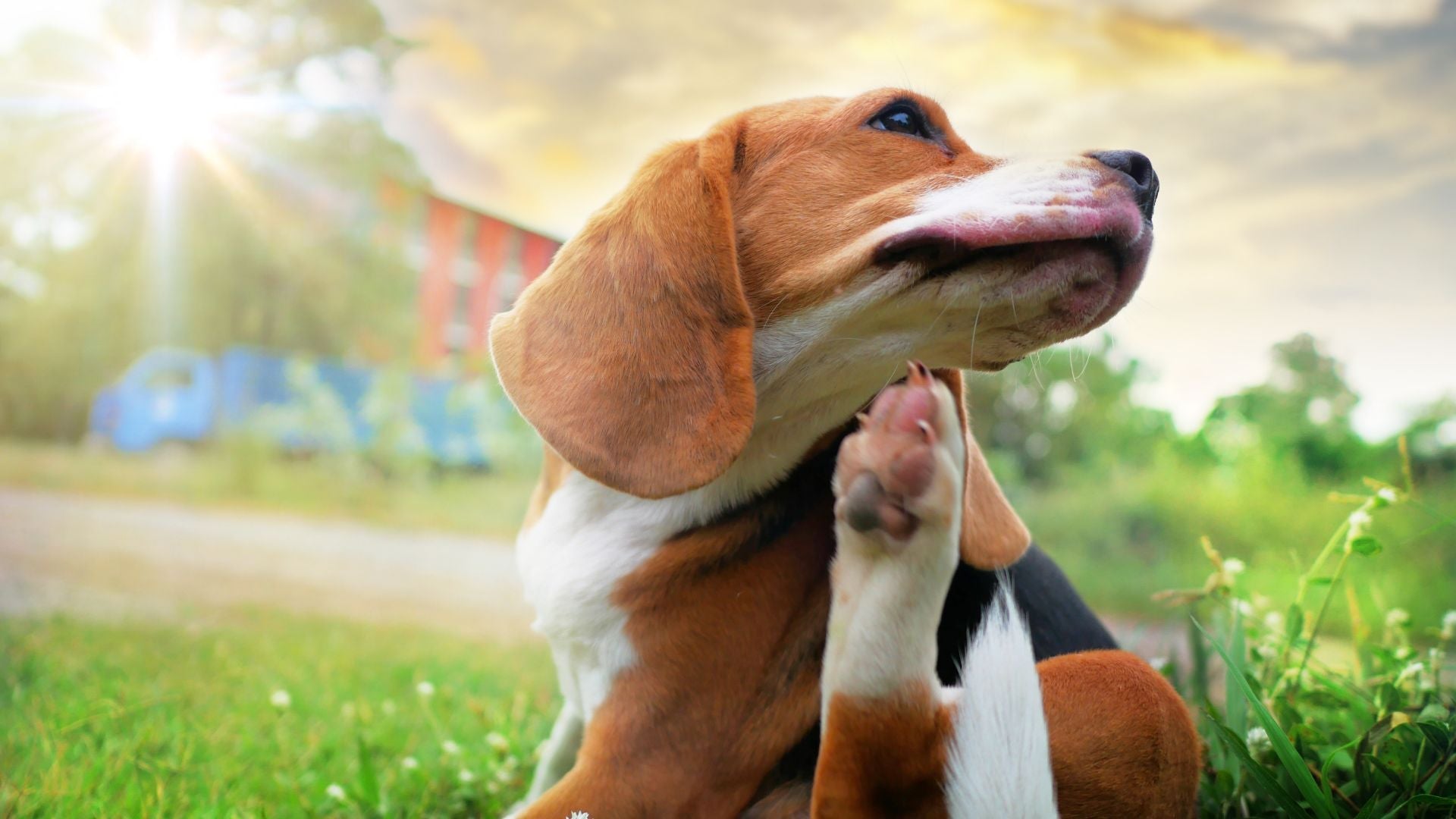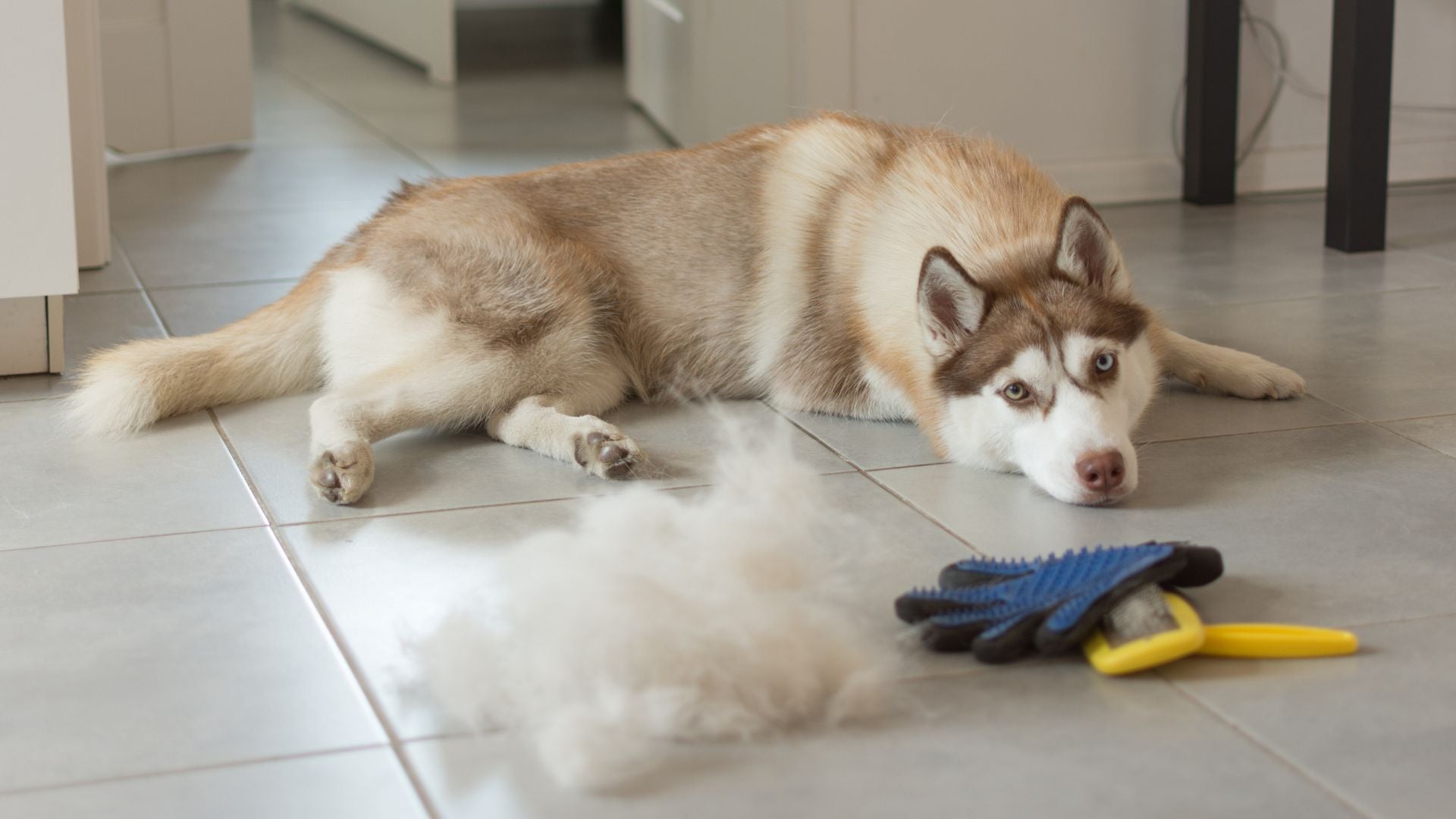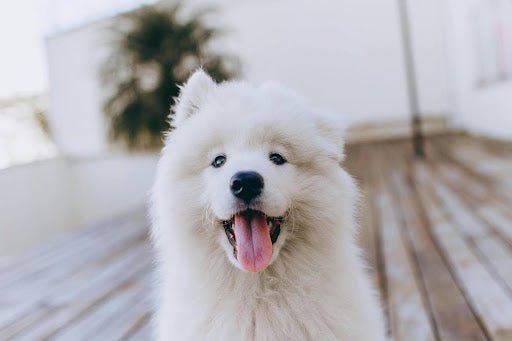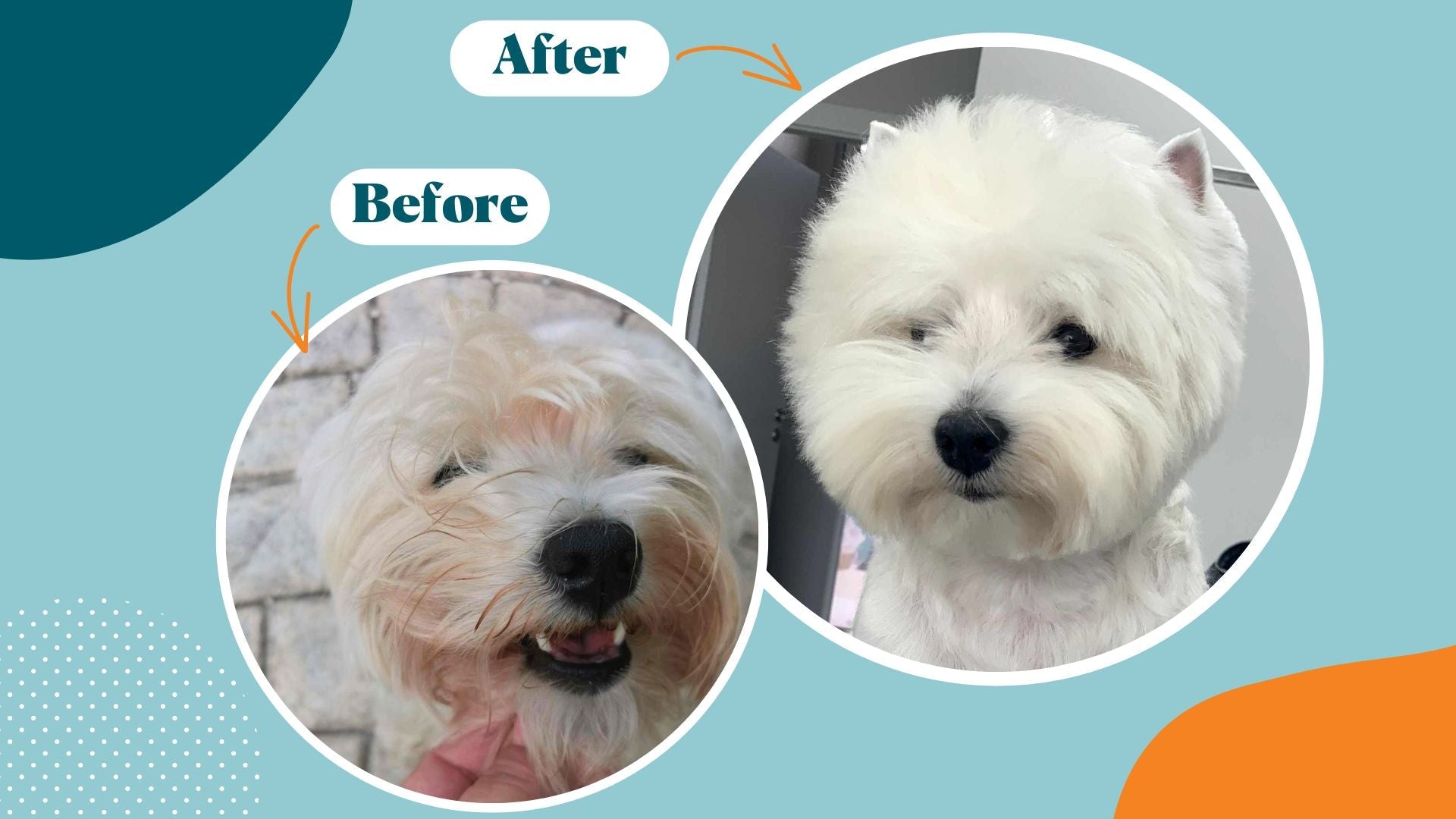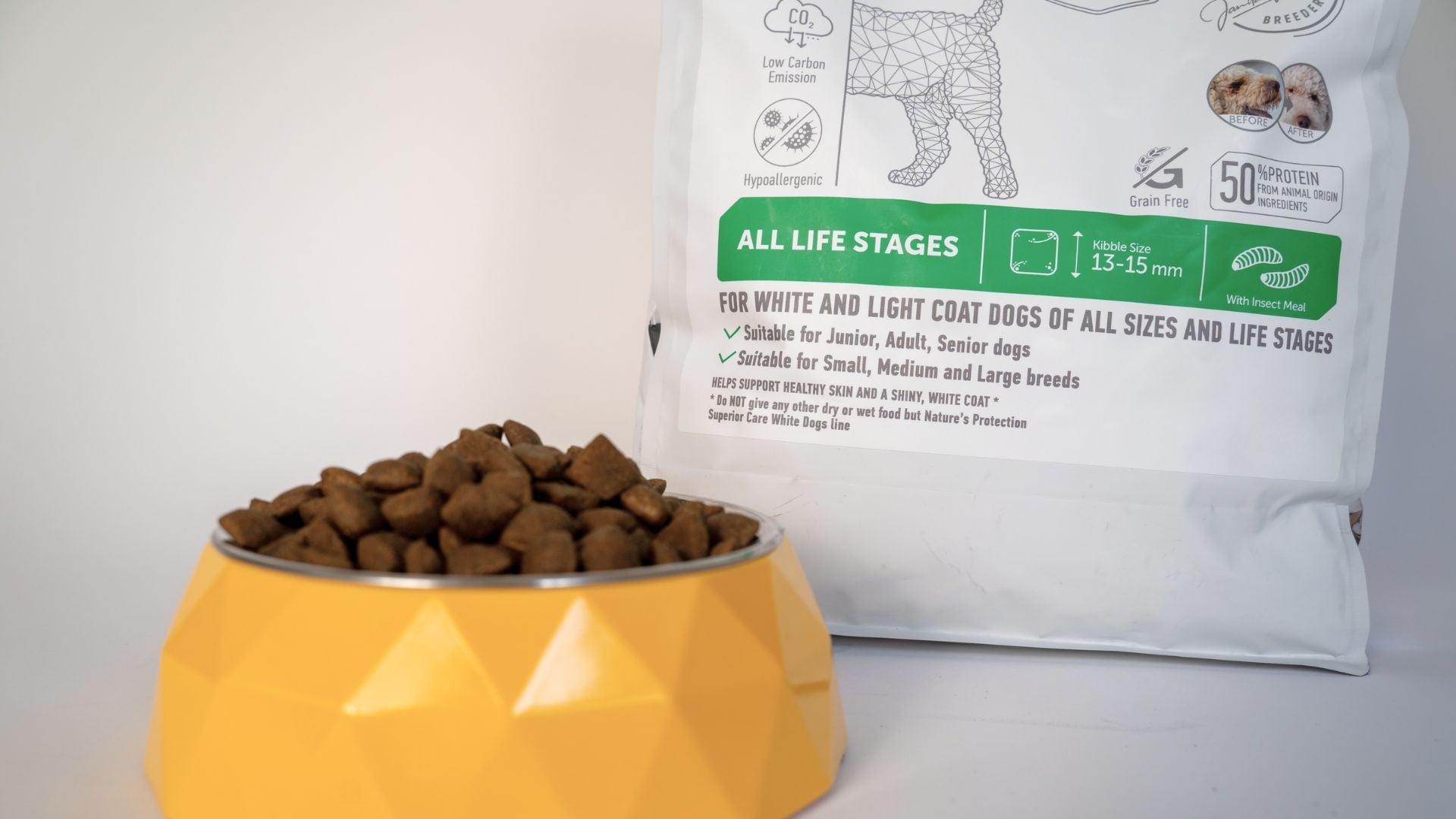As summer approaches, many of us are gearing up for exciting adventures with our furry companions. Whether you're planning a road trip, a beach getaway, or a camping excursion, traveling with pets requires careful planning and consideration to ensure their safety and comfort throughout the journey.
Vaccination
Before embarking on any travel plans, it's crucial to make sure your pets are up-to-date on their vaccinations. This is especially important if you're traveling to areas where your pets may be exposed to unfamiliar environments or other animals. Pet vaccination requirements vary depending on the state and local regulations. However, there are some core vaccinations that are commonly mandated by law for dogs and cats. Rabies vaccinations are typically required for dogs in all states, and many states also require cats to be vaccinated against rabies. The frequency of rabies vaccinations may vary depending on state laws, with some states requiring annual vaccinations while others may allow for vaccinations every one to three years.
Some states may have specific vaccination requirements for other diseases such as distemper, parvovirus, and adenovirus in dogs, as well as feline leukemia and panleukopenia in cats. These requirements may also vary based on factors such as the pet's age, health status, and whether they will be traveling across state lines.
To ensure compliance with vaccination laws and regulations, it's essential to consult with your veterinarian. They can provide guidance on which vaccinations are required for your pet based on your location and individual circumstances.
Safety
When it comes to traveling with pets, ensuring their safety during transportation is paramount. Here are some essential safety options to consider:
- Transportation Crates or Carriers: Utilize sturdy and appropriately sized crates or carriers for your pets when traveling by car. These provide a secure and confined space for your pet, preventing them from moving around the vehicle and potentially causing accidents. Make sure the crate or carrier is well-ventilated and comfortable for your pet.
- Dog Car Seats: For smaller dogs, consider using a dog car seat or booster seat designed specifically for pets. These seats provide elevation and support for your pet, allowing them to see out the window while remaining safely restrained. Look for models that come with adjustable straps to secure your pet in place and ensure a snug fit.
- Seat Belt Harnesses: For larger dogs, invest in a seat belt harness that attaches directly to your car's seat belt system. These harnesses keep your pet securely restrained during car rides, preventing them from moving around the vehicle or being thrown in the event of a sudden stop or collision. Make sure the harness fits your dog properly and is approved for use in vehicles.
- Barrier Gates or Barriers: Install barrier gates or barriers in your vehicle to create a designated area for your pet during car rides. These barriers prevent your pet from accessing the front seats or interfering with the driver, reducing distractions and enhancing safety for everyone in the vehicle.
- Reusable Pee Pads or Seat Covers: Protect your car's upholstery from accidents and spills by using seat covers designed for pets. These products provide a waterproof and easy-to-clean surface for your pet to rest on during long journeys, ensuring a comfortable and sanitary travel experience for both you and your furry friend.
By implementing these safety options, you can ensure a safe and comfortable travel experience for your pets, whether you're running errands around town or embarking on a cross-country road trip.
Feeding
Feeding your pet properly while traveling is essential for their health and comfort. Here are some feeding tips to keep in mind:
- Plan Ahead: Pack enough food for your pet's entire trip, including extra in case of unexpected delays. Opt for dry kibble or pre-portioned meals to make feeding on the go more convenient.
- Stick to a Schedule: Maintain your pet's regular feeding schedule as much as possible, even while traveling. Consistency is key to keeping your pet comfortable and avoiding digestive upset.
- Portion Control: Avoid feeding large meals immediately before or during car rides, as this can increase the risk of motion sickness. Instead, offer smaller, more frequent meals throughout the day to keep your pet satisfied without overloading their stomach.
- Hydration is Key: Always provide access to fresh water for your pet, especially during travel. Consider investing in a portable water bottle with a built-in bowl attachment, like Misoko's water bottle, to ensure easy access to hydration wherever you go.
- Temperature Considerations: In hot weather, be mindful of where you store your pet's food to prevent spoilage. Avoid leaving food in the car or exposing it to direct sunlight, as high temperatures can cause food to spoil quickly and pose a health risk to your pet.
Trip Breaks
For long journeys where frequent stops may not be possible, consider using Misoko's reusable nappies to keep your pets comfortable and dry. These dog diapers provide absorbent protection against accidents and can be easily cleaned and reused throughout your trip. Remember to schedule regular breaks to allow your pets to stretch their legs, use the restroom, and get some fresh air during long car rides.




